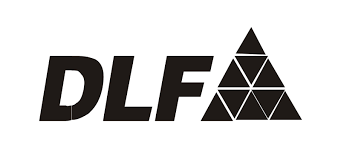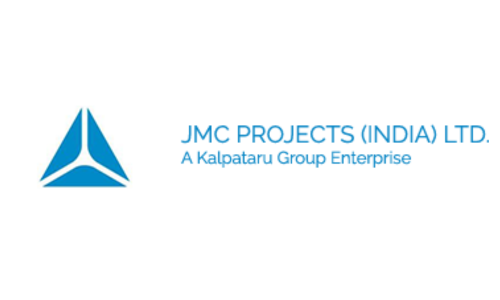Safety Plan for Concrete Wall Formwork
Implementing a future-proof and effective concrete wall formwork can be a lot of hard work and somewhat risky without the right safety plans in mind. Having a qualified safety plan for the formwork system can further ensure the proper execution of such construction projects while also avoiding any undesired events.
Usually, safety plans begin in the first stages, during the management of a project. All kinds of equipment utilisation practices, construction procedures and work supervision must contain guidelines to ensure the safety of the public, along with the workers.
Every project planner, manager and formwork designer working on the project must follow these guidelines. If you are wondering how to produce great safety planning, following the OSHA regulation is a globally acceptable standard you can follow. Here are some steps of the same.
- Inspection And Supervision:
It is very important to practice critical supervision during concrete retaining wall formwork placement, concrete pouring or stripping of the formwork. The appointed supervisor will ensure that the erection process is done as per the design and follows all safety protocols, further avoiding any case of member overloading.
They will also see to it that no unusual loads are carried if the formwork system does not permit it. In addition, any kind of filed modification in the erection procedure, forms or falsework should not get allowed without consulting the form designer. - Access For Workers:
Any work that is getting executed in elevated positions must have an accessible working platform for all workers. Long ladders being used to reach the top must have a passing or rest platform as well.
In other constructions, like bridges, it is crucial to use specific scaffolds that can aid in stripping piers, forms and decks. Barriers and safety signs should be placed at all corners to keep unauthorised personnel at bay, especially during working hours. All access points and platforms must follow OSHA requirements. - Regulation Of Concreting Practices:
Concrete pouring is perhaps one of the riskiest parts of this job; hence proper regulation is an integral aspect of safety planning. Formwork drawings often provide the rate and sequence of concrete placement limitations.
All such limitations must be considered before continuing the project. While pouring or concrete placement, unbalanced form loading should be avoided at all costs. For example, in slab and beam construction, fill the beams first and only then work outward. Make sure you are equally placing the slabs. Bettering the stability of the formwork system is easier by concreting the columns a day prior to the slabs. - Shoring, Reshoring:
Installing any kind of bent jacks, defective timbre, or out-of-plumb shores should not get permitted. This can hinder the support of design loads and ruin the structure’s sturdiness. While concreting, the supervisor should monitor all materials going in. this will help figure out any issue quicker and correct them whenever required.
Reputable companies like Nova Formworks ensure all such safety measures are taken. This is also why they are the leading force in the industry and the most reliable formwork construction service you can hire.


































